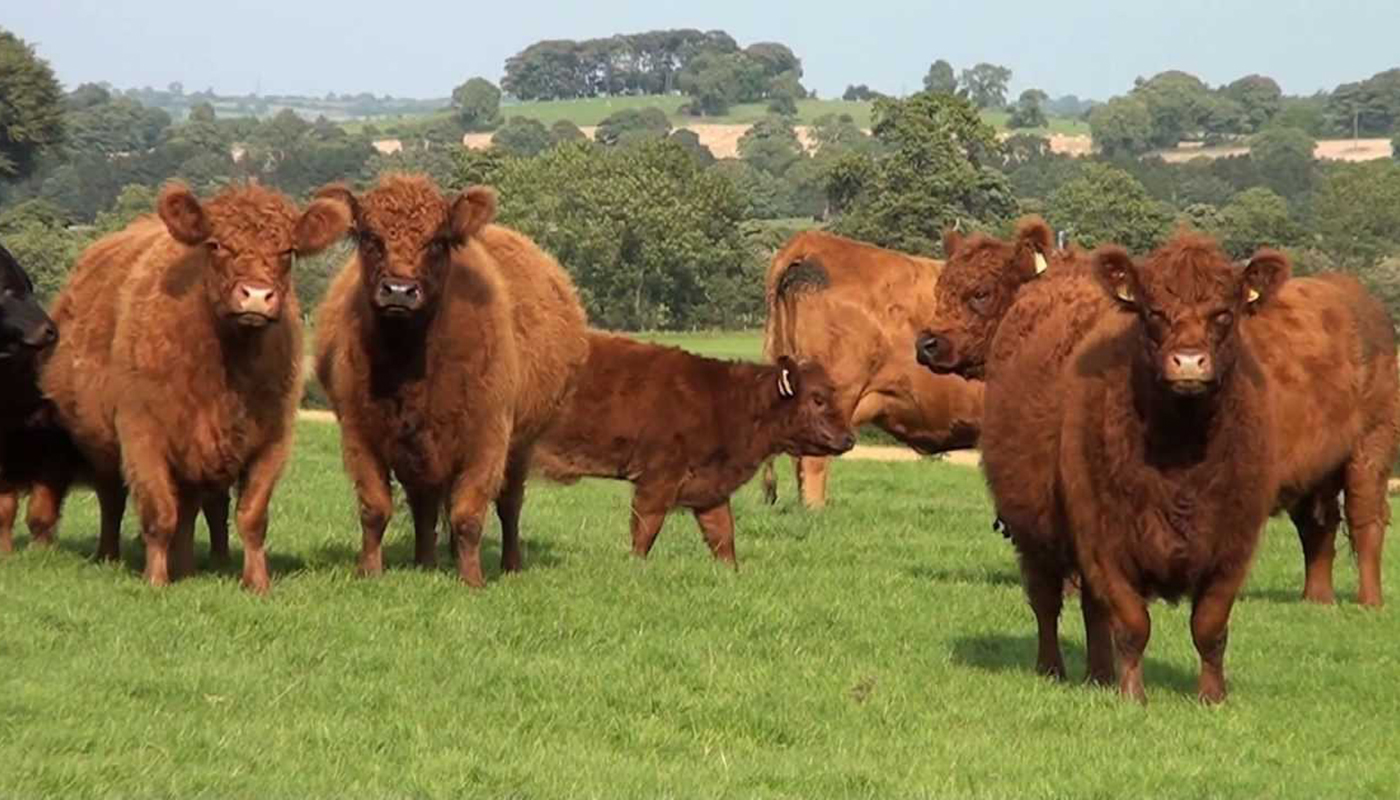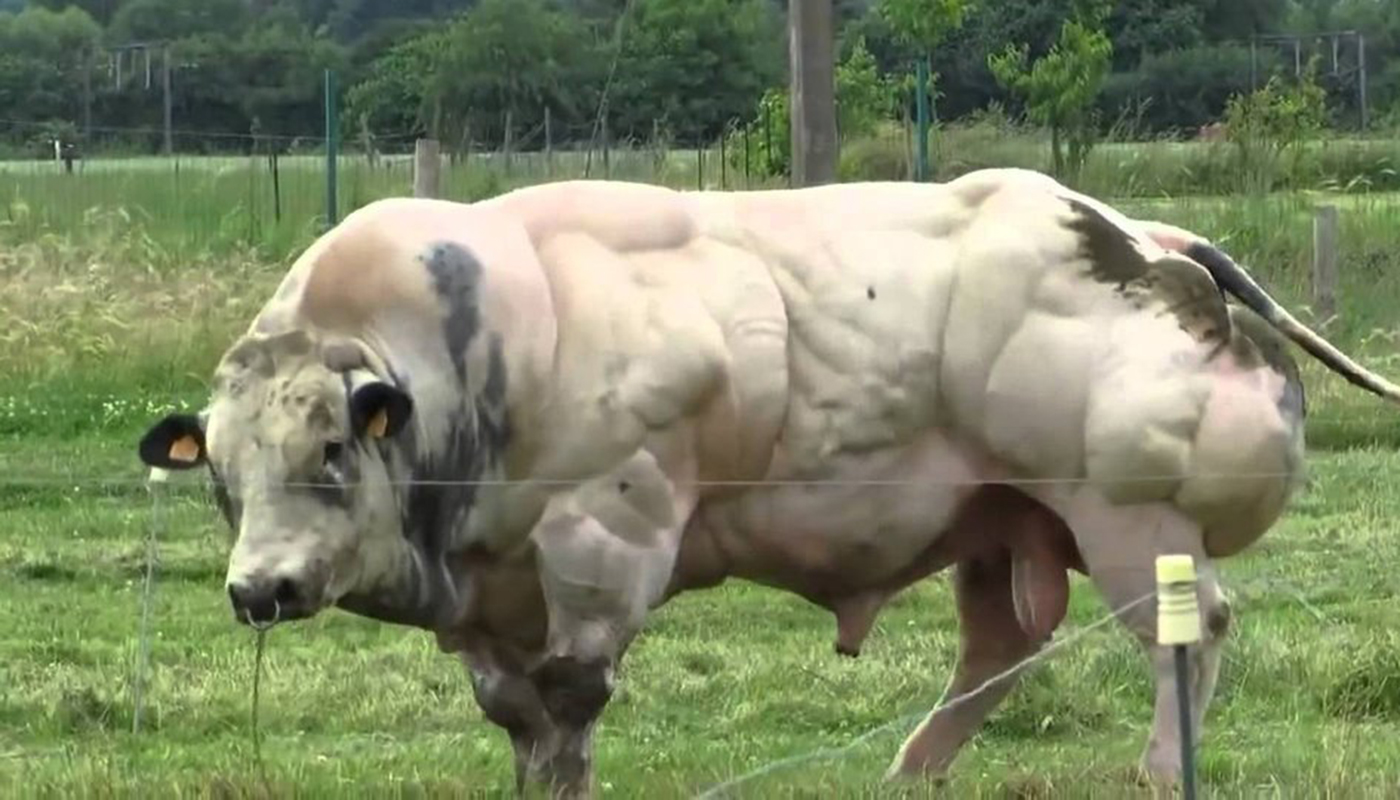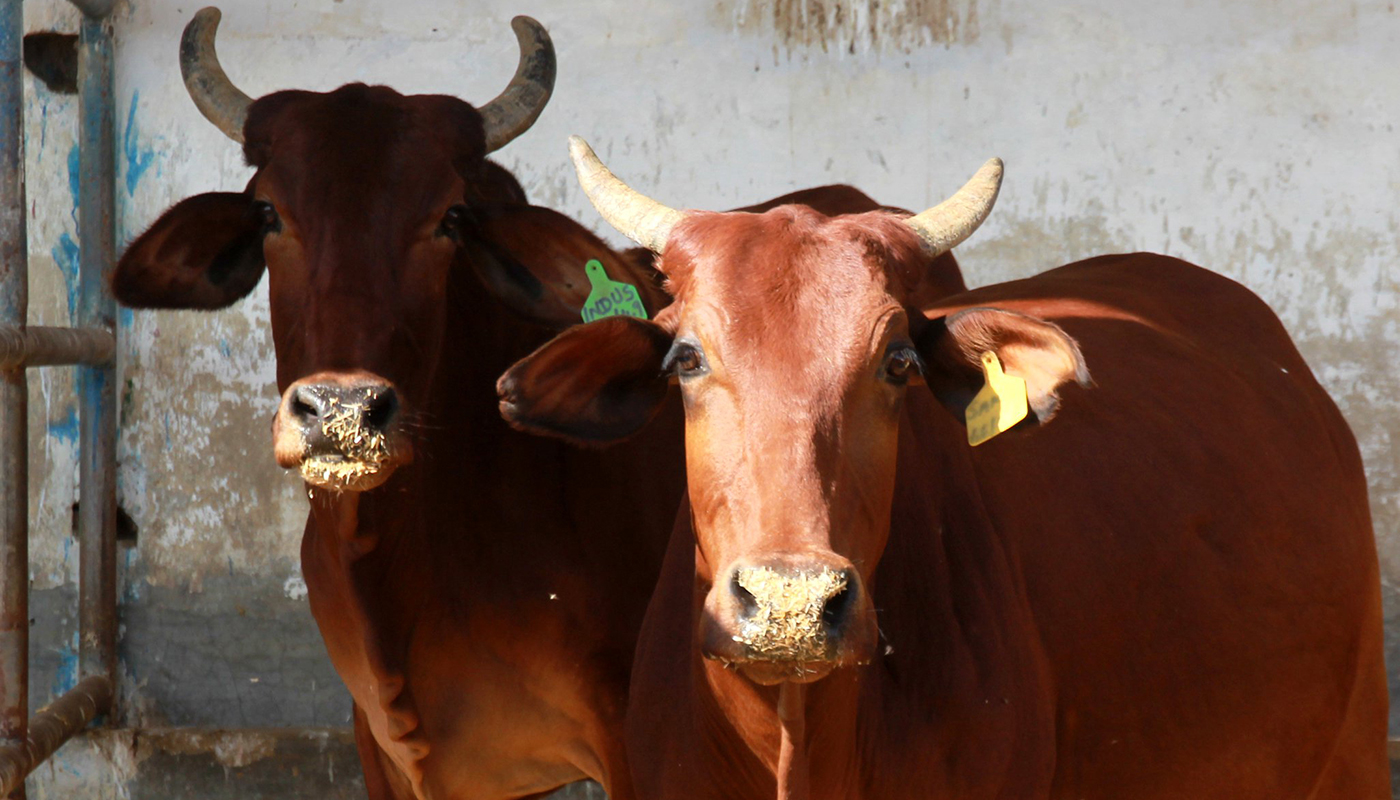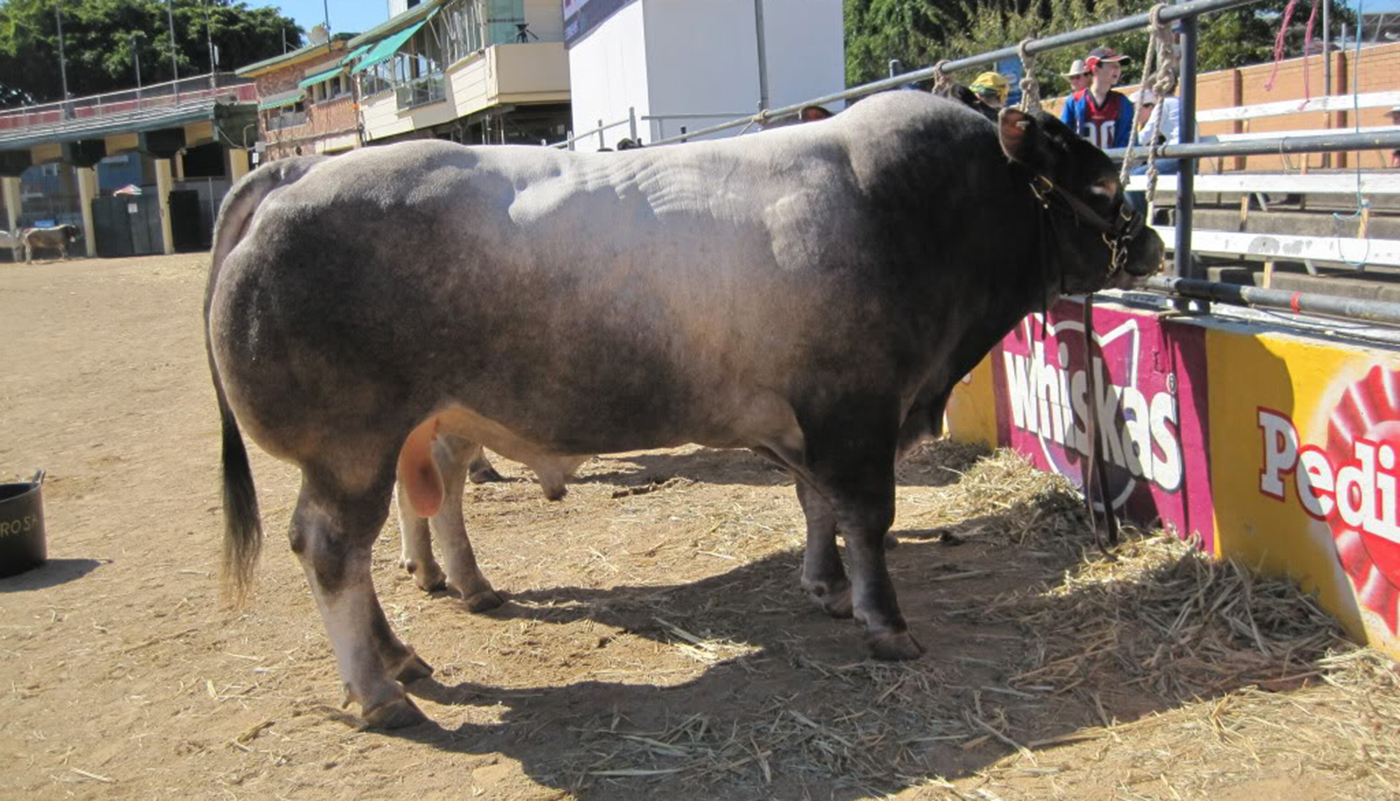
The Milking Shorthorn has been providing milk and working the land for generations. This beautiful docile and easy to handle breed of cattle has proved its worth and continues to do so with the breeds every evolving improvement.
The Milking Shorthorn is a very impressive breed that shows at most exhibitions and in the quality of its products it produces.
MILKING SHORTHORN BREED OF CATTLE QUICK PROFILE OVERVIEW
|
|
|---|---|
| The Milking Shorthorn has been around for generations and has much to offer farmers of all statures | |
| Country of Origin: | England |
| Other Names: | English Dairy Shorthorn |
| Main Purpose: | Milk |
| You may Also Like: | 35 Best Cattle Breeds for Milk – Dairy Cattle |
| You may Also Like: | 47 Best Cattle Breeds for Meat – Beef Cattle |
| Can be used for | Breed, Milk |
| Ideal Climate: | Heat, Cold, Most Climates |
| Conservation Status: |
Not listed by the *ALC Status/Rarity: Not at risk |
| Health Issues? | No known health issues |
| Good Starter Cattle? | Novice to intermediate Cattle farmer/keeper level |
| Cattle Associations: | American Milking Shorthorn Society, Canadian Milking Short Horn Association, NZ Milking Short Horn Association and The Shorthorn Society of United Kingdom and Ireland |
| Cattle Clubs: | Please refer to the American Milking Shorthorn Society, Canadian Milking Short Horn Association, NZ Milking Short Horn Association and The Shorthorn Society of United Kingdom and Ireland for more information on the Milking Shorthorn cattle breed |
| Where to buy them? | Please refer to the American Milking Shorthorn Society, Canadian Milking Short Horn Association, NZ Milking Short Horn Association and The Shorthorn Society of United Kingdom and Ireland for more information on the Milking Shorthorn cattle breed |
| Child Friendly? | Livestock should not be left unattended around unsupervised children |
| General Information: | The Shorthorn is the oldest recognized breed in the world.
The White and Roan coloring pattern of the Shorthorn cattle are found on no other cattle breed. They are one of the most versatile, adaptive and hardy breeds around. They are very productive and have so much to offer any type of farm or homestead. They are hardworking, powerful cattle that have a gentle, docile nature. Over the past 15 years, the breed has been one of the most improved breeds with the promise of even greater improvements to come. They have improved dairy qualities, udder qualities to name but a few improvements. |
| Note: *ALC stands for American Livestock Conservancy | |
PHYSICAL CHARACTERISTICS |
||||||||||||||||||||||||||||||||
|---|---|---|---|---|---|---|---|---|---|---|---|---|---|---|---|---|---|---|---|---|---|---|---|---|---|---|---|---|---|---|---|---|
| The Milking or Dairy Shorthorn is a beautiful breed with a unique coloring pattern. They are of a medium frame with the females having a perfectly proportioned blockish frame, long sturdy legs and a medium sized face with a straight profile. The bulls of the Shorthorn are stockier, more muscular and as such have a more rounded appearance that the cows. | ||||||||||||||||||||||||||||||||
| Size: | Medium | |||||||||||||||||||||||||||||||
|
||||||||||||||||||||||||||||||||
COW BREEDING & MILKING INFORMATION |
|
|---|---|
| Most Cattle produce milk but not all of them are used in the dairy Cattle capacity for their milk. Cows only calve once a year and should have 12 to 14-month inter-calving cycle. They are an excellent dairy cow with a good quality of milk. They are also a fertile cow that has easy births with little to no need for intervention. They are good mothers as most cows are and their maternal instincts are very good. | |
| Breeding Period/cycle: | Usually lasts 6 to 24 hours Most ave. 12 to 16 hours Cows usually come on heat every 21 days. |
| Estrous cycle: | Ave. 17 days to 24 days Heifer – usually ave. 20 days Cows – usually ave. 21 days |
| Gestation Period: | Usually, around 279 to 287 days but most gestation is 283 days. Cows that are carrying bull calf’s their gestation period is usually a little longer than cows that are carrying heifer calves. |
| No. Calves/Litter: | 1 calf at a time. Cows rarely have twins or triplets, but it can happen |
| Lactation Period: | Cows lactation period can last for up to about 10 months (305) days. |
| Milking From: | 1 to 6 weeks after Calving |
| Drying off Period: | The cow should have a 12 to 14-month inter-calving cycle. Drying off period for around 60 days before she can calve again. |
| Milk Quality: |
Good, Butterfat = 3.8%, Protein = 3.3% Quantity: 7000 kgs Per: Lactation period |
| Milk Ideal for: | Calves, drinking, and other dairy products |
| You may Also Like: | 35 Best Cattle Breeds for Milk – Dairy Cattle |
CATTLE MEAT PRODUCTION INFORMATION |
||||||||
|---|---|---|---|---|---|---|---|---|
| Most Cattle breeds can be used for meat and produce an acceptable quality of meat. The Milking Shorthorn is not bred for its meat | ||||||||
| Meat Production? | N/A | |||||||
|
||||||||
| You may Also Like: | 47 Best Cattle Breeds for Meat – Beef Cattle | |||||||
CATTLE SKIN PRODUCTION INFORMATION |
||||||||
|---|---|---|---|---|---|---|---|---|
| Most meat Cattle will have a skin by-product, and these are usually used in some form or just as a hide. The Milking Shorthorn rarely produces any leather by-products | ||||||||
| Skin Production? | N/A | |||||||
| Skin is used to Produce: | Calf/cow skin leather products such as shoes, car seats, fine leather coats, gloves, handbags, belts, furniture, rugs, etc. | |||||||
|
||||||||
HISTORY
The Shorthorn cattle breed originated in the Northeastern coast of England. They were mainly found in Lincoln, York, Northumberland, and Durham. In the 1600s there were large cattle that grazed on the rich fertile pastures of the lush valley of the Tees River. These cattle became known as Teeswater cattle.
In 1783 the breed was brought to America and they were first known as Durham cattle. They were the first improved breed to be imported to America and they became very popular among the farmers. They were favored by the pioneers for their ease of adaptability, their strength for working the land and pulling carts or wagons, their good quality beef and their excellent milking qualities.
There are several responsible parties throughout the history of the breed responsible for the development through careful selection to what to breed is today.
Most of the early breed to be imported to America came from English herds of the Bates and Booth type Shorthorn cattle.
The Shorthorn breed is basically broken into two segments the beef variety which is known simply as Shorthorn in America and then the Milking Shorthorn. If you trace the roots of these two varieties, you will find that they have the same lineage.
The first Shorthorn breed book was begun in 1846 with the first American Shorthorn Breeders’ Association started in 1882. By 1912 some breeders of Milking Shorthorn organized a club within the American Shorthorn Breeders’ Association for those that were interested in promoting the Milking Shorthorn variety of the breed.
In 1948 the American Milking Shorthorn Society was incorporated, and they took over the registration of Milking Shorthorns.
Video
USEFUL LINKS
- Purebred Dairy Cattle Association
- American Dairy Association
- National Association of Animal Breeders
- American Dairy Science Association
- United States Cattlemen’s Association
- National Cattlemen’s Beef Association
- American National Cattlewomen
- Beef Cattle Breed Associations
- National Cattlemen’s Beef Association
- Fur Commission USA
- North American Meat Institute
- American Livestock Conservancy
- Animal Shelter (ASPCA)
- American Veterinary Medical Association
- American Animal Welfare Society
- American Animal Control
- American Society of Animal Science
- United States Department of Agriculture
 Galloway Cattle Breed – Everything You Need to Know
Galloway Cattle Breed – Everything You Need to Know Belgian Blue Cattle Breed – Everything You Need to Know
Belgian Blue Cattle Breed – Everything You Need to Know Blonde d’Aquitaine Cattle Breed – Everything You Need to Know
Blonde d’Aquitaine Cattle Breed – Everything You Need to Know Brahman Cattle Breed – Everything You Need to Know
Brahman Cattle Breed – Everything You Need to Know Red Poll Cattle Breed – Everything You Need to Know
Red Poll Cattle Breed – Everything You Need to Know Parthenaise Cattle Breed – Everything You Need to Know
Parthenaise Cattle Breed – Everything You Need to Know Kangayam Cattle Breed – Everything You Need to Know
Kangayam Cattle Breed – Everything You Need to Know Holstein Cattle Breed – Everything You Need to Know
Holstein Cattle Breed – Everything You Need to Know Red Sindhi Cattle Breed – Everything You Need to Know
Red Sindhi Cattle Breed – Everything You Need to Know Bazadaise Cattle Breed – Everything You Need to Know
Bazadaise Cattle Breed – Everything You Need to Know Kankrej Cattle Breed – Everything You Need to Know
Kankrej Cattle Breed – Everything You Need to Know Brown Swiss Cattle Breed – Everything You Need to Know
Brown Swiss Cattle Breed – Everything You Need to Know